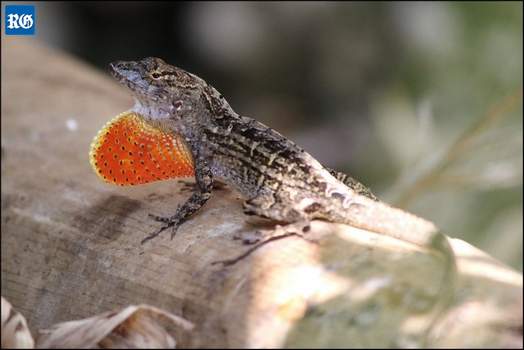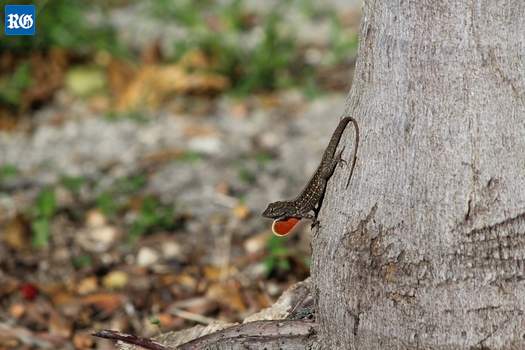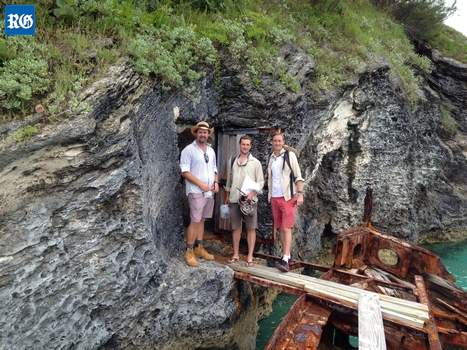Recent News
13 International Sea Cadets Visit BermudaThursday, July 10, 2014
The Bermuda Sea Cadet Corps is once again hosting its annual International Exchange programme, welcoming a group of senior cadets and their escort officers from the United Kingdom, Canada, and the United States.
Reef Watch survey reveals lack of marine predators
Wednesday, July 09, 2014
While Bermuda’s coral reefs are relatively healthy, there are concerns about a lack of fish such as grouper and snapper.
Making the case for parrot fish — and those plucky Costa Ricans
Wednesday, July 09, 2014
On Saturday I stepped back in time when I was taken to the Bermuda Aquarium Museum & Zoo by two of my children.
Island delights visiting students
Friday, July 04, 2014
The Atlantic Conservation Partnership (ACP) and the Bermuda Aquarium, Museum, and Zoo (BAMZ) recently hosted 12 students and two professors from a Florida college as part of their Coastal Environmental Science major study abroad course
Reef Watch 2014 Hailed A Marine Success
Thursday, July 03, 2014
On Saturday, June 28, the Bermuda Zoological Society [BZS], along with lead sponsor Hiscox, hosted the second annual Reef Watch Citizen Science initiative, which supports the work of the Bermuda Reef Ecosystem Analysis and Monitoring [BREAM] programme, led by chief scientist Dr. Thaddeus Murdoch.
About
GovernanceAbout Us
Newsletter
Latest News
Gift & Bookstore
Contact
General Inquiries
info@bzs.bm
Latest News
All the latest updates and news from the Bermuda Aquarium, Museum, and Zoo, one of Bermuda's leading visitor attractions!
Jonathan Bell
Published Nov 2, 2017 at 8:00 am (Updated Nov 2, 2017 at 6:05 am)

The brown anole lizard in Bermuda (Photograph by James Stroud)
Bermuda’s endangered skinks are soon to cross paths with a thriving invasive species that already outnumbers the entire native population.
James Stroud of Florida International University said the brown anole lizard had been recorded “living in some of the highest densities of any terrestrial vertebrate on Earth”.
Dr Stroud’s report was shared with The Royal Gazette in the wake of an article on the lizard’s spread after the reptiles were spotted around Aberfeldy nursery in Paget.

The brown anole lizard in Bermuda (Photograph by James Stroud)
Other clusters of the foreign lizard were found on the grounds of Belco and a lumber yard at Mill Creek, both in Pembroke.
The report, with Sean Giery from North Carolina State University and Mark Outerbridge from the Department of Environment and Natural Resources, “conservatively” estimated there were 4,000 to 5,000 of the lizards on the island — dwarfing a total skink population of 3,500.

Researchers on Nonsuch Island: from left, Mark Outerbridge of the Department
of Environment and Natural Resources, Sean Giery from the University of Connecticut,
and James Stroud of Florida International University (Photograph supplied)
The two species overlap “substantially” — both lizards prefer to stay on the ground, and eat the same ground-dwelling insects and spiders.
The scientists estimated that contact between the species might occur in less than ten years.
Brown anole numbers appear to reflect “an initial stage of invasion, and prior to exponential growth” — meaning the lizards could become a familiar sight around the island.
The brown anole, which is originally from the Caribbean, has spread around the world — partly because the lizards are popular as pets.


